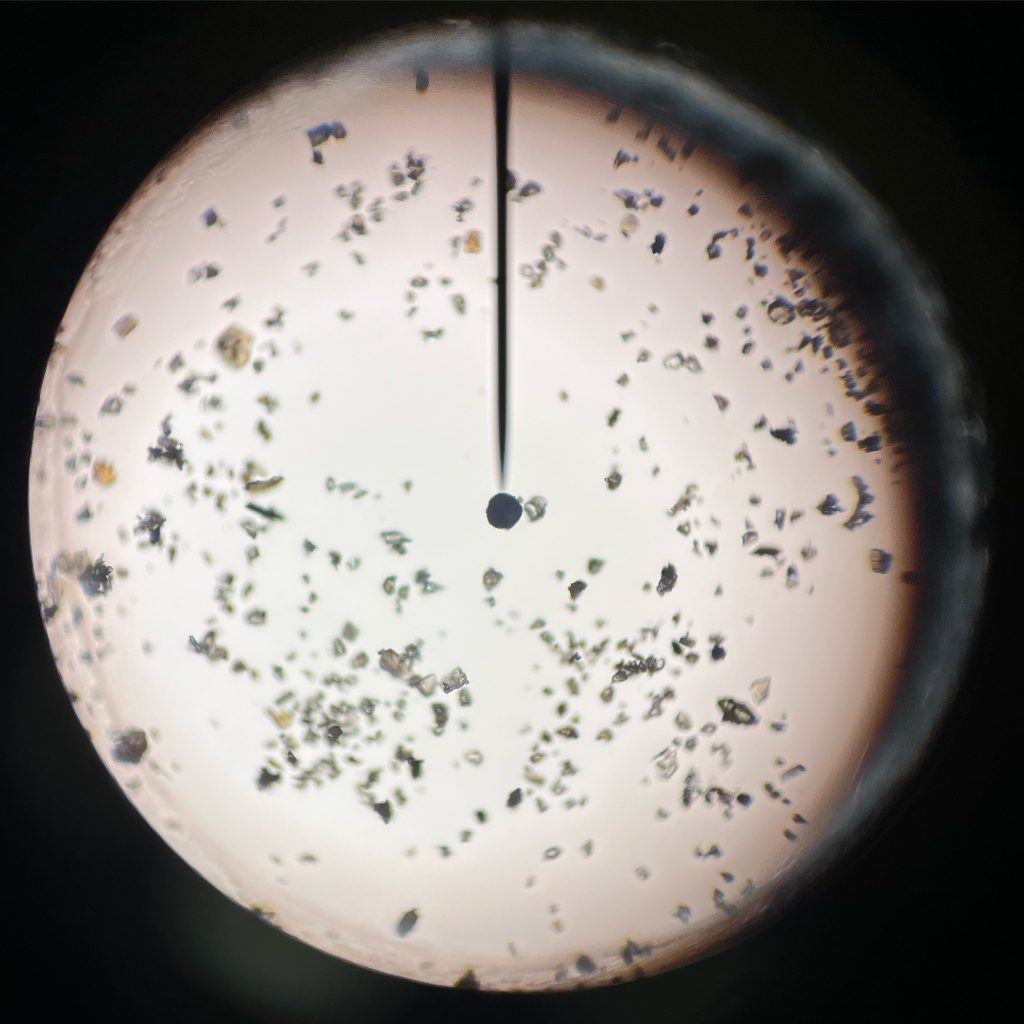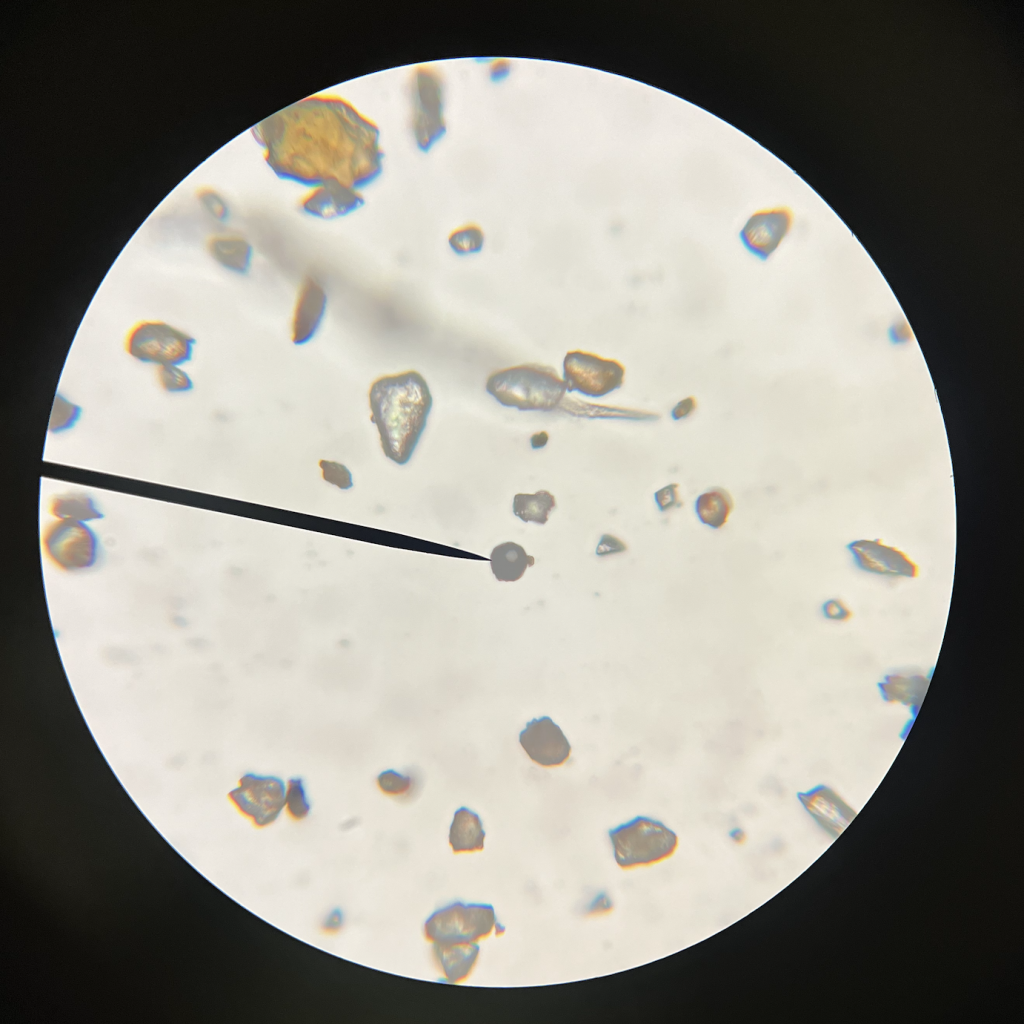
During your astronomy unit, chances are you will have kids asking about meteorites. I mean…. if it wasn’t for an asteroid, chances are the dinosaurs would still be here and we wouldn’t. Large meteorites are hard to find, and expensive to buy. But microscopic meteorites are hitting Earth all the time, and you can find them if you know how and were to look.
Where to find micrometeorites
When I was first exploring this topic online, most sites said to find a downspout on the side of a house or building. Since I live in Phoenix and it only rains a handful of times per year, this was not a great option for me. My next best option was a large undisturbed area…. like the flat roof of my school. I asked our head of maintenance if I could go on the roof and I was told no, but he said he would go up there for me. I told him to simply sweep up some debris from the roof and put it in a baggie for me.
Observing micrometeorites under the microscope
Once you have your roof-dust back in the classroom, run a strong magnet through the debris. (I put a coffee filter over the magnet first so it could easily be brushed off). Collect any of the magnetic material and brush some onto a microscope slide. When I did this with students I didn’t even have them use cover slips- just slide it straight onto the microscope.
If your students are experienced with microscopes, they should know how to start scanning. If your students haven’t taken biology yet, they might not have as much experience and they may need a microscope review. I told students to look for objects that are perfectly round. As the meteorites pass through the atmosphere, they undergo heat and pressure that causes them to turn round. Throughout the day, a handful of kids in each class found one (pictures are below). Some kids gave up too quickly when they didn’t find one right away.


Since I only have relatively cheap compound microscopes in my classroom, the clarity isn’t great but they were still fun to find. If you have a Facebook account, I would recommend checking out Project Stardust. He has exceptional photos of micrometeorites taken with high power microscopes that are incredible to look at.
Happy hunting! Rock on,







